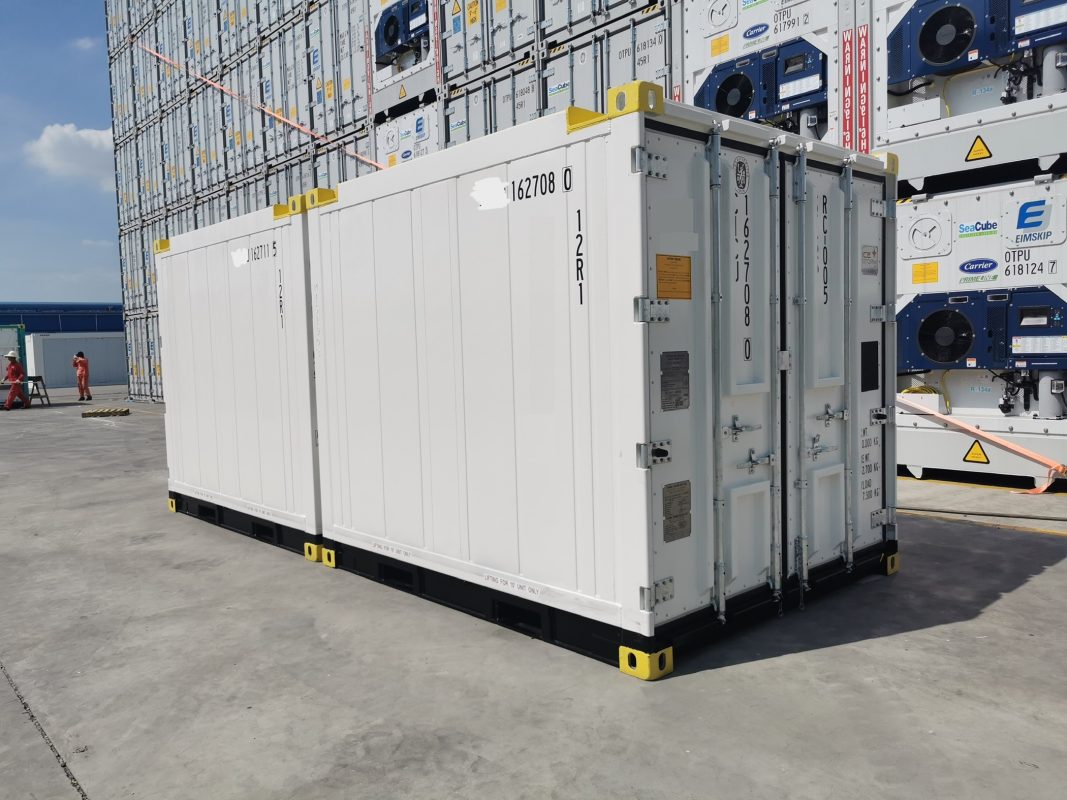High Costs of Customization: Making Container Offices Work on a Budget

The rise of container offices as a versatile and cost-effective solution for modern workspaces has been impressive. These modular units, often constructed from repurposed shipping containers, offer a unique blend of portability, durability, and customization potential. However, the customization of container offices can sometimes lead to unforeseen costs that challenge even the most robust budget plans. Understanding these costs and finding ways to manage them effectively is crucial for businesses looking to leverage container offices without breaking the bank.
The Allure of Container Offices
Container offices have surged in popularity due to their adaptability and efficiency. They provide a practical solution for businesses needing additional office space quickly and economically. From startup hubs to remote job sites, these structures offer a flexible and scalable alternative to traditional office buildings. The ability to modify and configure these units to meet specific needs is a significant advantage, but it comes with its own set of challenges.
Hidden Costs of Customization
- Structural Modifications: One of the primary costs associated with container offices is the need for structural modifications. Shipping containers are designed to be durable and stackable, but converting them into functional office spaces often requires substantial changes. This might include cutting out walls for windows and doors, reinforcing the structure, or adding insulation and ventilation. Each of these modifications requires skilled labor and specialized materials, which can quickly add up.
- Interior Design and Finishing: Customizing the interior of a container office involves more than just adding furniture. The space needs to be functional and comfortable, which often requires a complete overhaul. This includes installing electrical wiring, plumbing (if needed), heating and cooling systems, and high-quality finishes. Choosing premium materials or bespoke designs can further escalate costs, making it essential to balance aesthetics with budget constraints.
- Compliance with Regulations: Container offices must meet local building codes and regulations, which can vary significantly by location. Ensuring that the modifications comply with these regulations often requires additional inspections and permits. Failure to adhere to these codes can result in costly fines and delays. It’s crucial to consult with local authorities and professionals to ensure that all necessary approvals are obtained and that the project remains within budget.
- Utilities and Infrastructure: Connecting a container office to essential utilities such as electricity, water, and sewage can be a significant expense. Depending on the location, these connections might require extensive groundwork and installation of infrastructure. Additionally, if the container office is situated in a remote area, the cost of transporting materials and equipment can further increase the overall expense.
Strategies for Managing Costs
- Plan Thoroughly: Detailed planning is key to managing customization costs. Work with architects and designers who have experience with container offices to develop a clear and realistic budget. Prioritize essential modifications and consider phasing out non-essential customizations to spread costs over time.
- Opt for Standardized Solutions: While customization offers flexibility, opting for standardized solutions can significantly reduce costs. Many container office providers offer pre-designed layouts and packages that include essential modifications and finishes. These packages are often more affordable than fully bespoke designs.
- DIY and Modular Options: If your budget is tight, consider taking a DIY approach to some aspects of the customization. Simple tasks such as painting, assembling furniture, or installing shelving can be done in-house, reducing labor costs. Additionally, modular components and pre-fabricated elements can streamline the customization process and minimize expenses.
- Leverage Economies of Scale: If your business plans to deploy multiple container offices, leverage economies of scale. Bulk purchasing of materials and engaging in long-term contracts with service providers can result in cost savings. Group projects often benefit from negotiated discounts and streamlined processes.
- Seek Funding and Incentives: Investigate potential funding options or incentives available for businesses investing in innovative office solutions. Some governments and organizations offer grants or tax incentives for projects that promote sustainability or address housing shortages.
Conclusion
Container offices offer a promising solution for modern workspaces, but the costs associated with their customization can be significant. By understanding these costs and implementing strategic approaches to manage them, businesses can enjoy the benefits of container offices without exceeding their budget. Careful planning, opting for standardized solutions, and leveraging economies of scale are essential strategies for making the most of container offices while keeping expenses in check. With thoughtful management, businesses can achieve a functional and stylish workspace that meets their needs without compromising financial stability.

